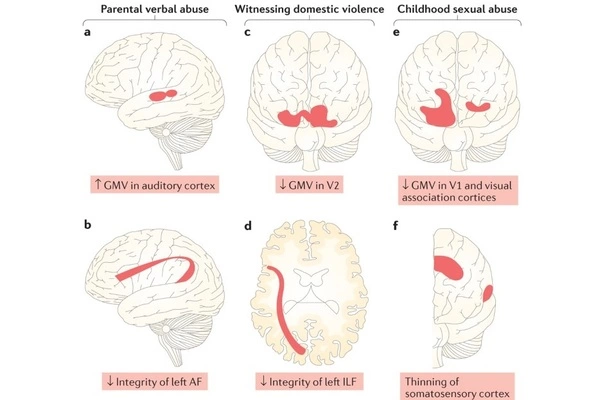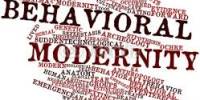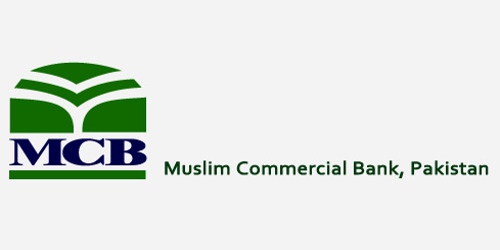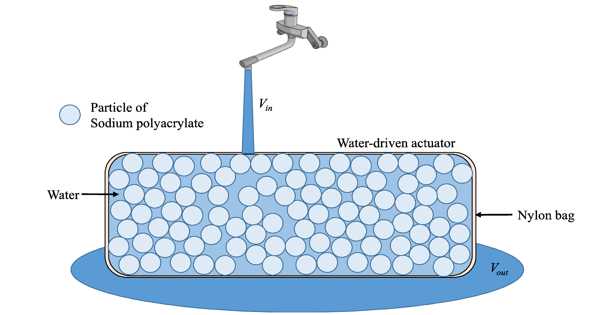Childhood maltreatment refers to any act of abuse, neglect, or exploitation that is inflicted upon a child. This can include physical abuse, sexual abuse, emotional abuse, neglect, and exposure to domestic violence. It can have severe and long-lasting effects on a child’s development and well-being, including increased risk of mental health problems, behavioral issues, and problems with relationships and social skills. It is important to intervene in cases of childhood maltreatment to protect the child and provide them with support and resources for healing.
Childhood maltreatment can have serious and long-lasting impacts on a child’s development and mental health, and is associated with increased risk for a wide range of physical and mental health problems in adulthood. It is important for adults to be aware of the signs of childhood maltreatment and to take action to protect children from harm.
Childhood maltreatment can have long-lasting and severe effects on a child’s physical, psychological, and social development. Abused children frequently sustain physical injuries such as cuts, bruises, burns, and broken bones. Furthermore, maltreatment causes stress, which can disrupt early brain development. Extreme stress can have a negative impact on the development of the nervous and immune systems. As a result, abused or neglected children are more likely to develop health problems as adults. Alcoholism, depression, drug abuse, eating disorders, obesity, high-risk sexual behaviors, smoking, suicide, and certain chronic diseases are examples of these issues.

Child maltreatment refers to any form of abuse or neglect of a child under the age of 18 by a parent, caregiver, or another person in a custodial role (e.g., clergy, coach, teacher) that causes harm, the potential for harm, or the threat of harm to the child. Maltreatment is classified into four types: physical abuse, sexual abuse, emotional abuse (psychologic abuse), and neglect. The reasons for child maltreatment vary. Physical injuries, delayed growth and development, and mental health issues are frequently associated with abuse and neglect. The history, physical examination, and sometimes laboratory tests and diagnostic imaging are used to make a diagnosis.
Child abuse has serious short- and long-term physical, sexual, and mental health consequences. Injuries, including head injuries and severe disability, are among them, as are post-traumatic stress disorder, anxiety, depression, and sexually transmitted infections (STIs), including HIV. Adolescent girls may experience additional health problems, such as gynecological disorders and unintended pregnancy. Child maltreatment can have an impact on cognitive and academic performance, and it is strongly linked to alcohol and drug abuse, as well as smoking – all of which are risk factors for noncommunicable diseases (NCDs) like cardiovascular disease and cancer.
















